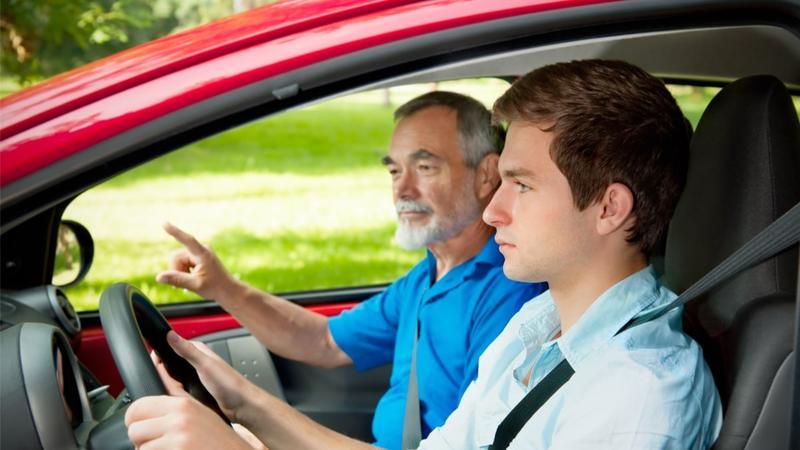Parents play a pivotal role in helping teens develop their driving skills and learn defensive driving techniques. The process can be nerve-wracking for both, but knowing safe driving practices from day one is essential.
It can help to get practice hours during ideal weather conditions to develop a feel for the vehicle and how it manoeuvres. Your young driver will better understand how cars operate and where to locate the windshield wipers and other components.
But once your teen feels confident behind the wheel, have them practise driving in other road conditions, such as rain and snow, to ensure they know what to do when the weather turns sour. Most driver’s education programs include lessons on dealing with extreme sun and wind and driving at night until they get real-life experience.
Here are some simple driving tips for teenagers to prepare for the unexpected while on the road.
How to drive in reduced visibility
- Fog: Teenagers should practise switching between headlights and high beams to understand how light reflects off the fog and how to prevent further obstructing their visibility.
- Glaring sun: Blinding sun can make it impossible to see what’s ahead of you. Teens need experience adjusting visors, driving with sunglasses on, and slowing down.
- Nighttime: Many learners’ permits have restrictions for driving at night, often between midnight and 5 a.m., because it can be challenging to drive in the dark. Teens should adhere to the class restrictions until they have enough experience to drive at night. Show your teen how to turn on the vehicle’s lights and what each setting does.
Driving in wet and wintry conditions
- Snow and ice: Slowing down can maximize traction in snow and ice. Help your teen learn how to brake slowly and evenly in these conditions to prevent them from spinning out of control later.
- Rain: Wet roads can be slippery, and heavy rain on the road can cause hydroplaning. Teach your teen to work with these conditions, not against them. It’s best to ease off the accelerator to allow the engine to slow rather than applying the brake.
Driving at highway speeds or in traffic
- Slow traffic and congestion: It’s important to teach your teen about reaction time, maintaining enough space, and easing on and off the brakes to help prevent them from rear-ending other drivers — factor in different vehicles to prepare for defensive driving techniques.
- Highway speeds: When your teen moves up the graduated licensing system and can drive on highways, practise merging with traffic at higher speeds and preparing to exit off-ramps. Once they’re comfortable, combine these lessons with other risk factors, including reduced visibility and worsened weather conditions.
Start each lesson gradually before combining risk factors, such as worsened weather conditions, to help your teen get as much experience as possible under your supervision.
Helping your teenager become a better driver can ensure they keep their driving record clean and their auto insurance premium low. And by working with them in all conditions, you’re not only giving them the valuable experience they need, but you’re helping keep them — and the roads — safer.
Compare car insurance quotes online to ensure you pay the best possible price for auto insurance for your young driver.
